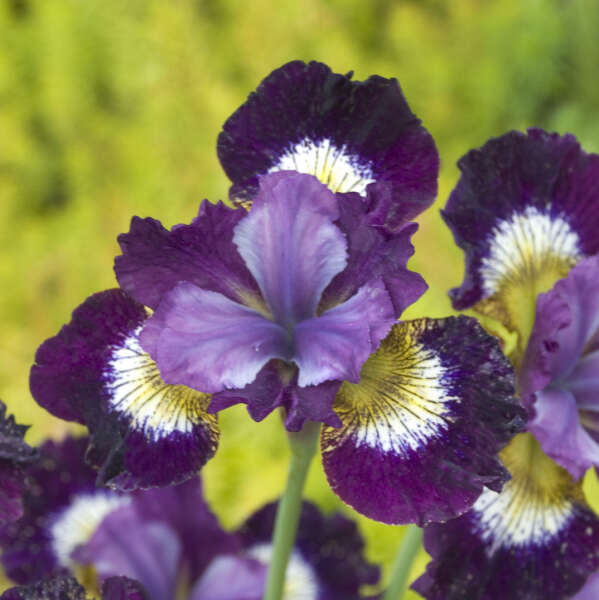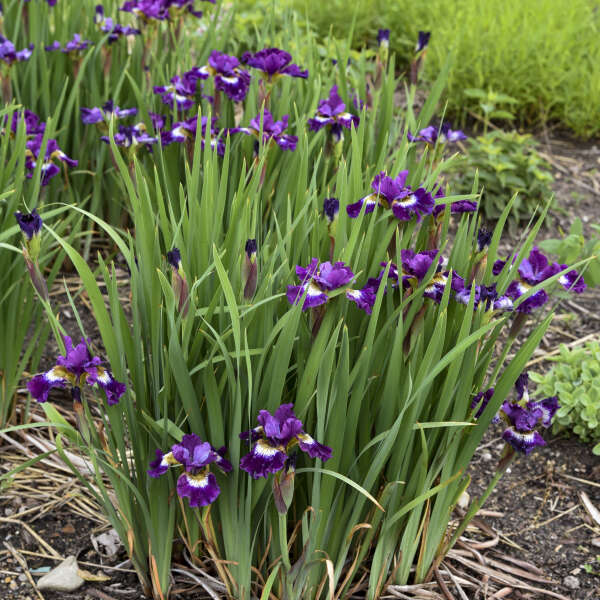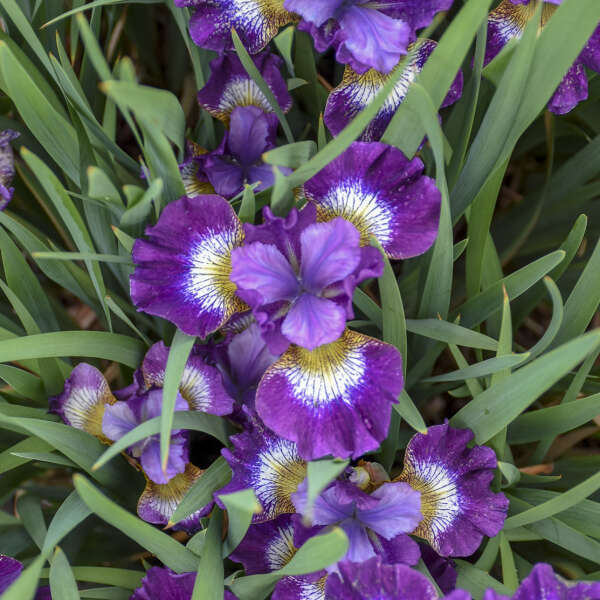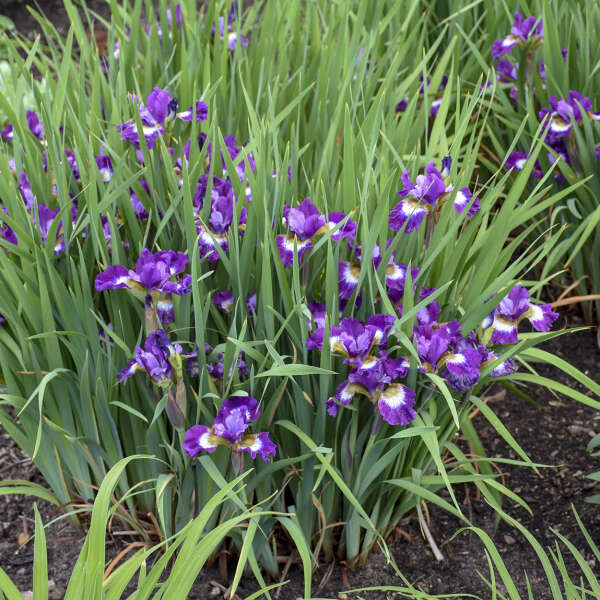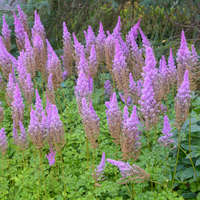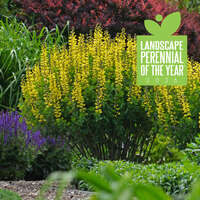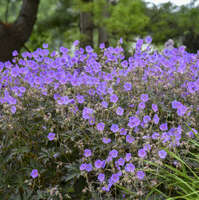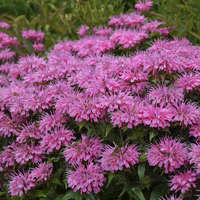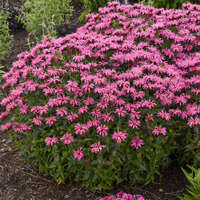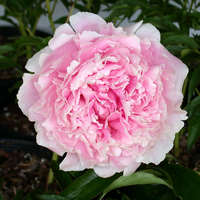Iris sibirica 'Jewelled Crown'
Common Name: Siberian Iris
This showy selection of Siberian Iris is perfectly named for its incredible contrasting color patterns. 3-5” flowers have rich wine purple standards and falls and lighter blue-purple styles. Semi-flaring falls display prominent white and yellow signals with purple veining. The contrast is truly eye-catching.
Typical of Siberian Irises, this selection also has narrow, green, disease resistant foliage that remains attractive all season. It is especially lovely when planted en masse around water features.
Siberian irises are haled for their elegant, delicate flowers and disease resistance. They perform admirably in the sunny to partially shady garden, but need plenty of water throughout the season to continue looking their best. In naturalized settings, they are particularly effective around water features. They can also be grown under Black Walnut trees since they are not effected by juglone. Siberian Irises bloom before Japanese Irises but after Tall Bearded Irises.
Grade #1 Bare Root |
Grade #2 Bare Root |
